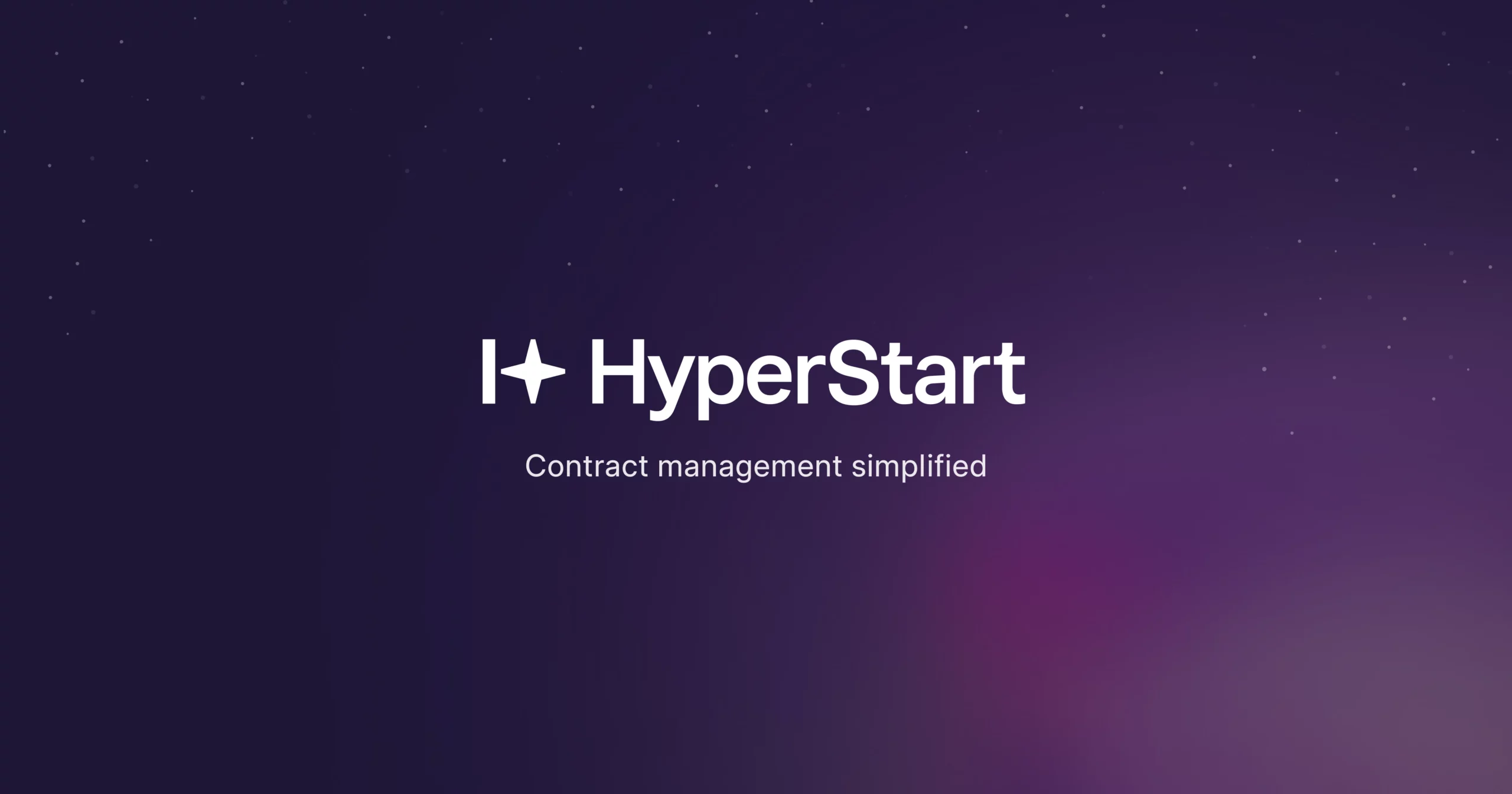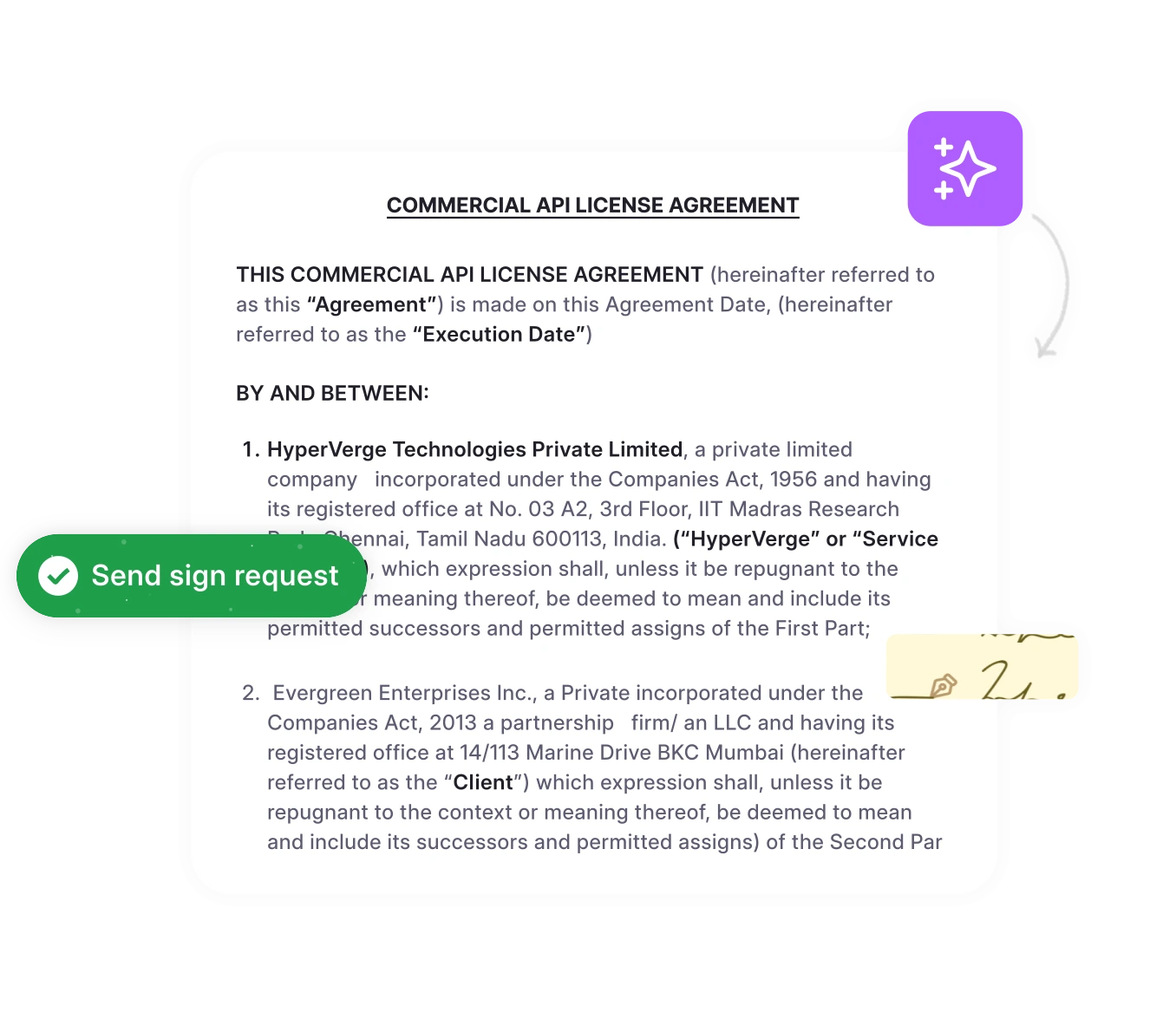Every legal team knows what it’s like to be bombarded with requests, questions, and last-minute emails from every corner of the business. When there isn’t a clear system, things can pile up, important details get overlooked, and key requests may even disappear in the chaos.
That’s where legal intake comes in. It’s much more than a simple form or contract monitoring checklist. For law firms and in-house legal teams, legal intake is the process that brings order to the flood of requests, whether that’s a contract that needs urgent review, a compliance question from HR, or a prospective client reaching out for the first time.
Here is a detailed guide for legal teams that want to move beyond the headaches of manual processes and constant information chasing.
We’ll break down how legal intake works, what makes it effective, what to include in your intake forms, and how digital tools are making a difference.
Let’s start.
What is legal intake?
The term legal intake refers to the process of reviewing and assessing new legal requests or inquiries received by a legal team. It is primarily from within the jurisdiction or from potential clients.
For law firms and in-house legal teams, a legal intake process provides a single entry point for all requests, whether from clients, other departments, or team members, ensuring that nothing is missed or delayed.
With legal intake, teams can track every request, assign the right expertise, and keep all the information in one place for better follow-up and faster service. In short, it is the first step in managing legal matters effectively and efficiently.
Understanding what legal intake is sets the stage for appreciating its significance. Let’s see why legal intake matters for modern legal teams.
Why does legal intake matter for legal teams?
When a legal team doesn’t have a set intake process, here’s what happens:
- The sales team sends a contract review request in a group email.
- Someone in HR drops by a lawyer’s desk with a sensitive issue, then forgets half the details.
- A potential client calls the office and leaves a voicemail, but nobody writes it down.
Now, the legal department is juggling requests from all directions—email, phone calls, sticky notes, even DMs. It’s easy to miss something essential or let requests slip through the cracks. Deadlines get missed, approvals get delayed, and the business loses out on new deals or faces compliance risks, especially when contract approval workflows aren’t streamlined.
But with a legal intake process, every request, no matter who it’s from. It goes through a single, clear channel. Intake forms prompt people for all the information the law needs. Documents are uploaded to the correct location, and requests are automatically routed to the team member with the relevant expertise.
How legal intake transforms legal operations
- The legal team allocates less time to administrative tasks and dedicates more time to high-value legal matters.
- Response times drop because nothing gets lost or buried.
- The business moves faster because legal is no longer the bottleneck.
- There’s always a record of who requested what, when, and what next steps were taken, making audits or follow-ups much easier.
Now that we’ve established why legal intake is vital, it’s essential to break down the main stages that ensure its success.
Go from exhaustive to efficient
Capture, route, and track requests with HyperStart’s dynamic forms and built-in workflow automation.
Book a DemoWhat are the main stages in an effective legal intake process?
A well-designed legal intake process doesn’t just keep things organized—it saves your team from headaches down the line. Here’s how the top-performing law firms and in-house legal teams break it down:
1. Request submission – Via forms, email, or internal platforms
Every legal request needs a starting point. With a smart intake process, requests come through dedicated legal intake forms, structured emails, or an internal platform. Intake forms make it easy to gather all the information at once, cutting down on endless follow-ups. No more piecing together details from a dozen calls and DMs.
2. Triage & prioritization – Assign urgency, risk level, and department
Not every legal matter is urgent—but some definitely are. Triage helps the team identify what needs attention immediately. The intake process can include checkboxes or dropdown menus for urgency, risk, and the department from which the request originates. Legal intake software can even auto-flag high-priority issues so nothing critical gets missed, even when high-volume requests pile up.
3. Routing & assignment – Direct the issue to the right legal resource
Once the intake form is reviewed, it’s time to put the request in the right hands. Skills-based routing lets intake specialists or legal operations direct each matter to the team member with the right expertise—whether it’s a contract lawyer, compliance officer, or someone handling client intakes. This keeps workloads balanced and stops any one person from being buried while others wait for work.
4. Tracking & follow-up – Maintain audit trails and communication loops
It’s not enough just to assign a request—you need to track it from start to finish. The intake process should include status tracking, automatic updates, and audit trails so nothing goes missing. Everyone involved (legal, business, and other parties) stays updated, and there’s always a clear record of who did what, when. Follow-up reminders and communication logs keep matters moving, instead of getting stuck in limbo.
For teams looking to connect intake with other core processes, resources such as contract lifecycle management and workflow automation demonstrate how a streamlined process can bring even more value.
— ACC
Having outlined the key stages of an effective legal intake process, it’s essential to consider the foundation of this workflow, the intake form itself. So, what should every legal intake form include?
What should every legal intake form include?
A legal intake form is only as good as the details it collects. Miss something important, and you’ll waste time chasing after more information or risk missing a key legal matter entirely. Here’s what top-performing legal intake forms gather right from the start:
- Contact Details – Who is making the request? Adding name, department, phone, and email is a must.
- Matter type – What kind of support is needed? Is it a contract review, compliance question, dispute, or something else?
- Description of issue – A clear summary so your team isn’t left guessing.
- Urgency/priority – Is this a routine request, or does it need fast-tracking?
- Supporting documents – Contracts, emails, or other files, attached up front.
- Date/time of incident – When did this issue come up?
- Preferred communication method – Does the requester want updates by email, phone, or through the portal?
With the average Fortune 1000 company managing anywhere from 20,000 to 40,000 active contracts, comprehensive intake forms become critical for tracking and managing this volume.
Using conditional logic in your intake forms means you only ask for what’s truly relevant, saving everyone time and reducing admin work. For example, if someone’s requesting a contract review, the form automatically prompts for a copy of the contract and any key terms. If it’s a compliance question, the required fields change. If you want to delve even deeper into maximizing the value of contract metadata, it helps legal teams move beyond the basics.
Strong intake forms reduce back-and-forth, facilitate the movement of legal requests, and set your team up for a smooth and organized process.
Replace intake chaos with clarity
HyperStart helps you centralize contract legal intake, capture metadata, and stay audit-ready from day one.
Book a DemoIncluding the right elements in your intake form is key, but legal teams still face challenges. Let’s see what they are and how to overcome them.
What challenges do legal teams face with intake, and how can you solve them?
Legal teams frequently encounter significant challenges during the intake process, impacting efficiency, client satisfaction, and compliance. Here is a list of 3 issues with targeted solutions that can transform intake into a streamlined, client-focused experience.
1. Managing high-volume legal requests effectively
Challenge: When dozens of contract reviews, compliance checks, and legal questions hit at once, it’s easy for requests to go missing or sit in limbo.
Solution: Digital intake portals automatically sort and prioritize requests based on urgency, risk, and department. This helps legal teams stay organized, even during the busiest periods, by routing every request to the right person without manual sorting.
2. Improving information quality in legal intake forms
Challenge: Requests often arrive incomplete—missing documents, unclear instructions, or vague problem descriptions. This leads to back-and-forth emails and wasted time.
Solution: Smart forms with validation and conditional logic force requesters to provide clear, precise information and upload all required documents before they can submit. This means legal professionals get everything they need up front.
3. Optimizing legal resource allocation and workload distribution
Challenge: Sometimes, the wrong lawyer gets the wrong request, while others are waiting for work.
Solution: Intake software uses skills-based routing and workload tracking, so each request is assigned based on expertise and team capacity. Legal matters go to the right specialist, and work is distributed more evenly.
If I had one hire to make in a legal department, it would be a contracts lawyer, but if I had two, the second would be a legal operations professional.
After understanding the common intake challenges and solutions, let’s see how HyperStart CLM specifically streamlines and improves the legal intake process.
How does HyperStart CLM make legal intake easier?
Many legal teams struggle with intake because it’s often disconnected from their contract work. HyperStart CLM addresses this by integrating legal intake and contract management, allowing your team to manage requests, reviews, and approvals in one centralized location.
Here’s how HyperStart CLM supports a smoother contract workflow process with an intake form:
1. Built-in intake forms connected to workflows
Legal requests originate from the source, such as when a new contract or vendor request is received. HyperStart’s intake forms are dynamic, prompting users to provide all key information upfront, including supporting documents and deadlines.
2. Request tracking from start to finish
Every intake request is logged and visible, so nothing goes missing or gets stuck in someone’s inbox. Team members can see what’s pending, what’s assigned, and what’s completed.
3. Direct links between requests and contracts
When a legal request involves a contract, it’s easy to connect the intake with the right document, so the team has all the details and context in one view.
4. Audit trails and clear responsibility
Every step of the process is tracked. There’s a clear record of who submitted, reviewed, and approved each request. This makes follow-up, compliance, and future audits much easier.
With contract management software like HyperStart, legal intake for contracts becomes a seamless part of your contract lifecycle process. Your team saves time on administrative work, reduces the chance of missed requests, and keeps everything organized—even when the business is moving fast.
Streamline your legal intake with HyperStart
Stop juggling requests through email and spreadsheets. HyperStart centralizes, automates, and tracks legal intake so your team can stay focused on what matters most—legal strategy, not admin work.
Book a Demo









